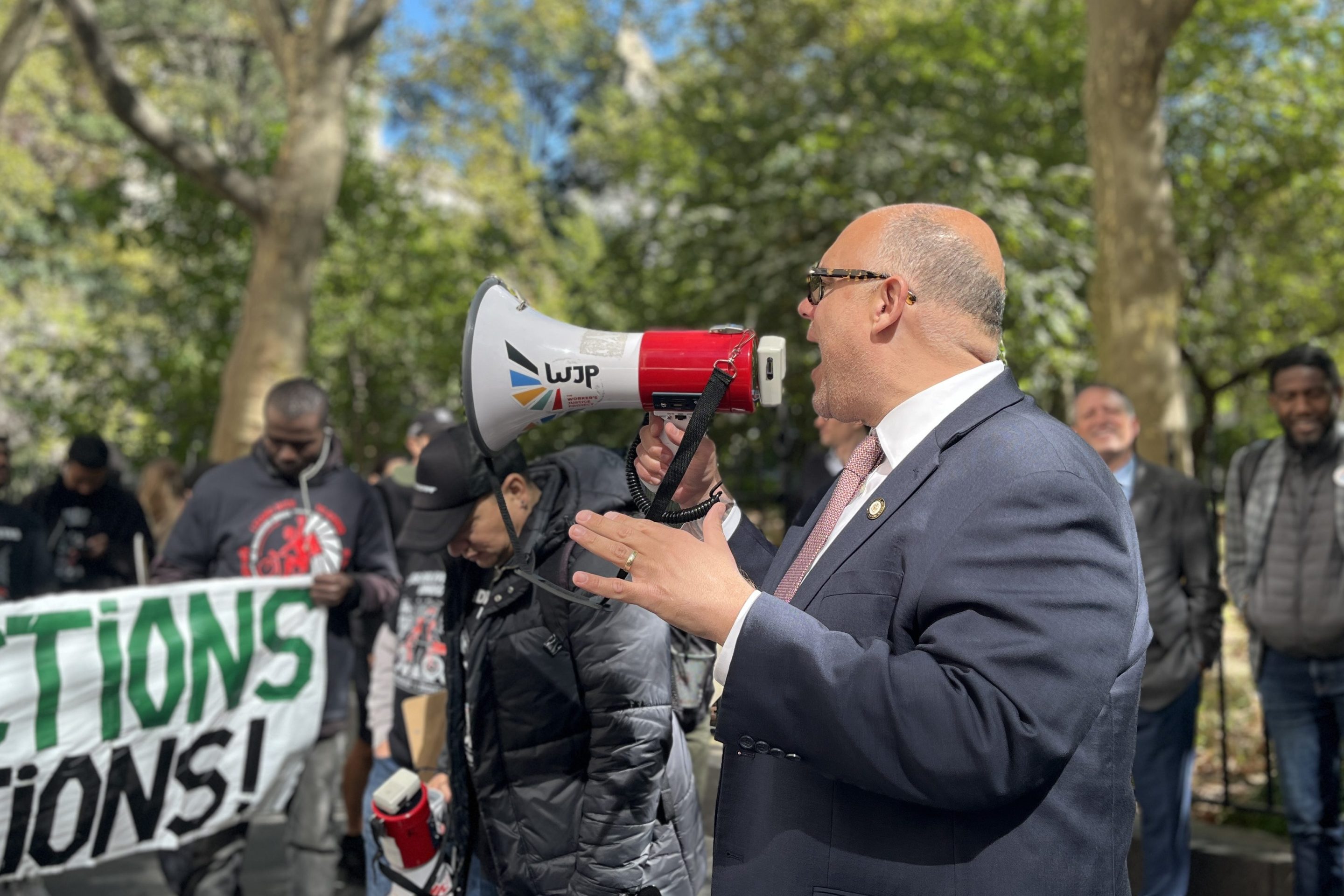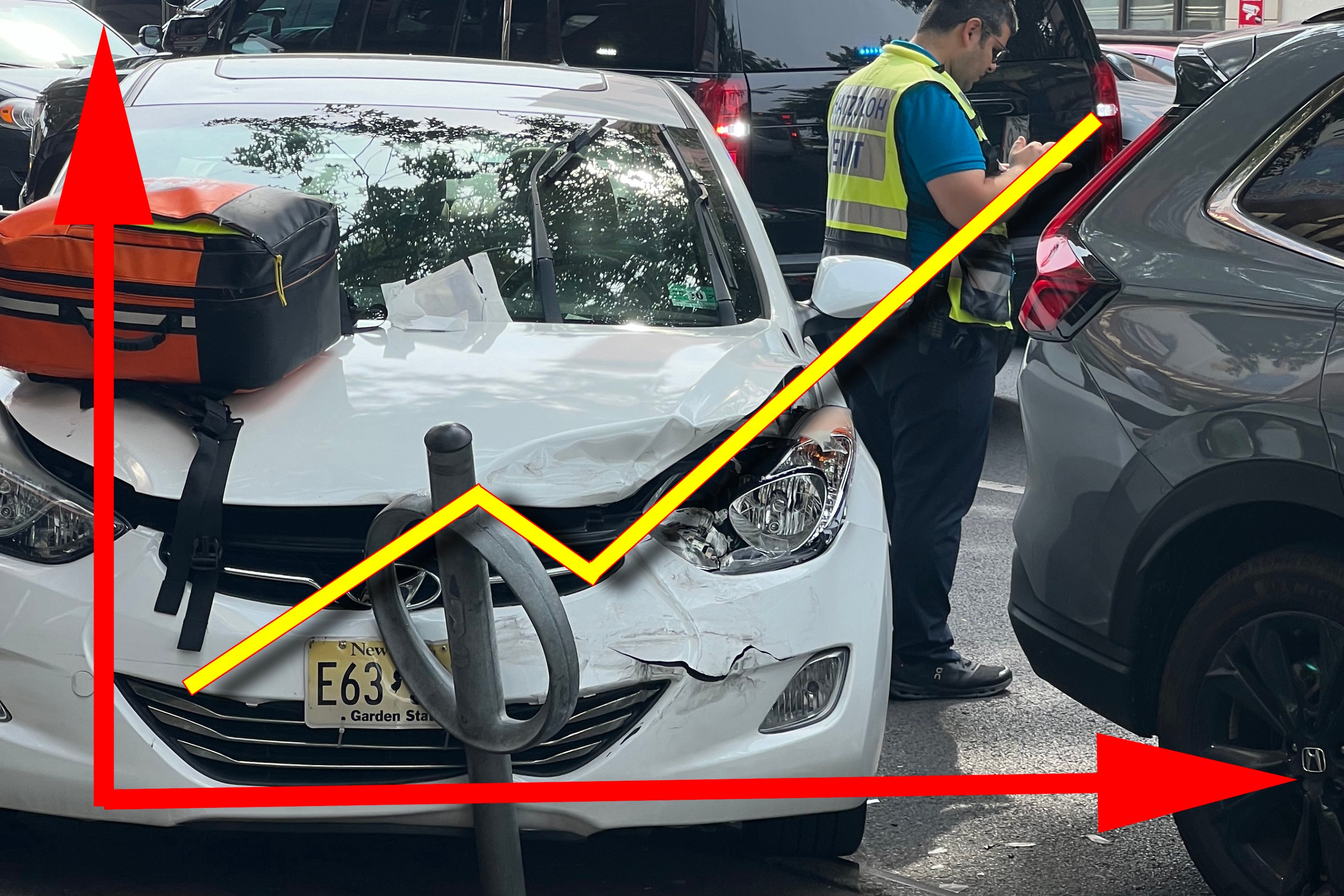In a lot of ways, Sweden isn't that different from the Midwestern United States, says Bill Lindeke at Streets.mn. Lindeke recently returned from a trip to his ancestral homeland in Scandinavia, and he reports that cars are just about as common in Sweden as they are in Minnesota, where he lives.

But there are a few things about cities and towns in Sweden that make them much better places to ride transit or cross a street. For one thing, riding the bus is much more convenient, comfortable, and practical there, he writes:
The buses in Sweden are as nice as any I’ve ever seen, and to me they prove that having a good transit system doesn’t need to be linked to rail. For example, the city buses in Växjö were all very new, mostly double-length, low-floor Mercedes buses with very wide front entrances that accepted cash, credit cards, and (of course) automatic transit cards. They had video screens inside that showed the next stops.
Most importantly, they came relatively frequently. Our hostel illustrated how far the bus system would go... the ride from the city center to a low-density part of the resort town named Evedal takes about a half-hour to go about seven miles, with half-hour frequency from 10:00 am until 7:00 pm.
The great bus system means it’s quite possible to get by without a car even in low density areas. That’s a big difference from the US.
Swedes are also much more assertive about creating a walkable environment:
When it comes to encouraging walkable spaces, Sweden is different. Around the downtowns and city centers, traffic speeds are low and crossing the street in many places is rarely the high-speed gauntlet that you find so frequently in the US. This is even sort of true along the “urban freeway” routes that rush through Stockholm (and they’re everywhere!). But even here, you will find the street design paying more careful attention to pedestrian crossings and safety.
The real key is how in shopping centers, by city squares, and in small downtown nodes, car traffic is slowed down to minimal speeds to make it safe to cross the street. It’s also quite common in Scandinavian cities and towns to have a few pedestrian-only shopping streets (like Nicollet Mall would be without the buses). These streets immediately become the most pleasant places to walk and stroll, and they focus pedestrian, street life, and retail activity. These streets and squares are where street musicians, food carts, cafés, and shop windows collect themselves.
Elsewhere on the Network today: Rebuilding Place in the Urban Space says that rather than wasting resources "educating" pedestrians we should be building environments that protect people on foot. And Cap'n Transit weighs in on the New York City "poor door" phenomenon, saying it's high-profile but not very meaningful compared to housing segregation in the city's suburbs.





